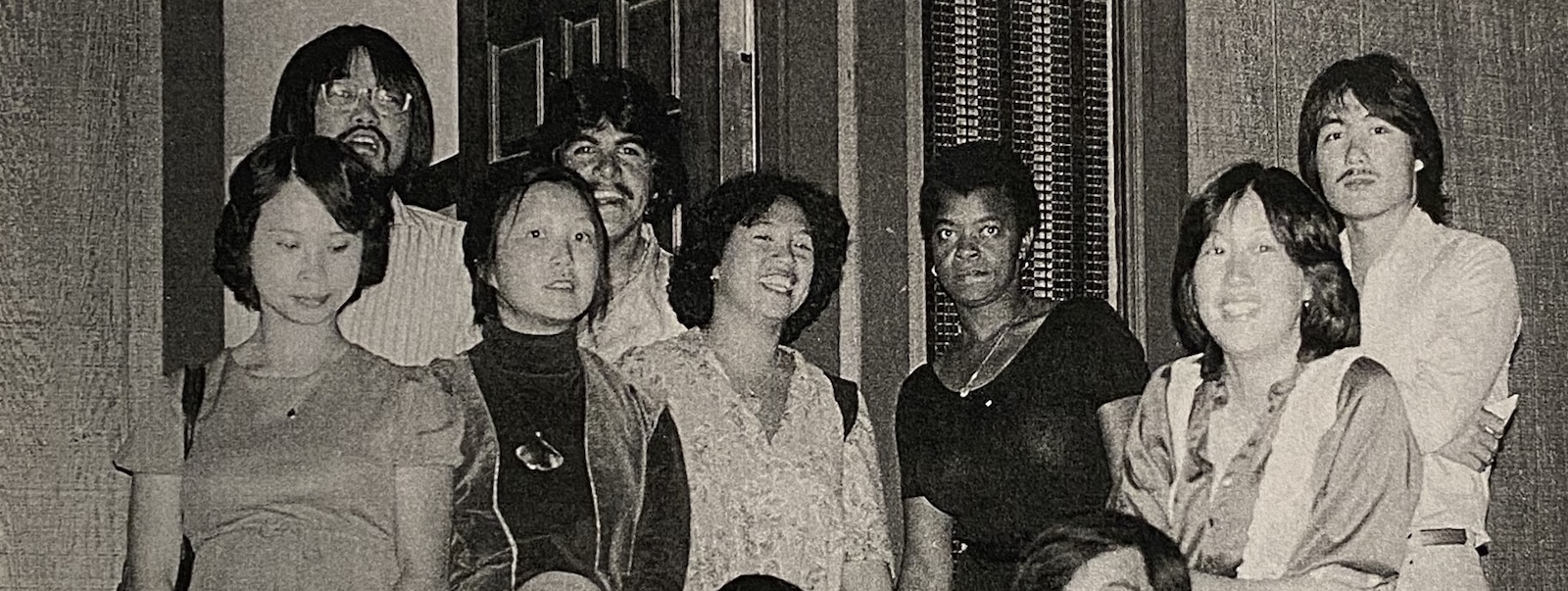1977-1984: “Reagonomics,” Refugees, and Racial Hatred
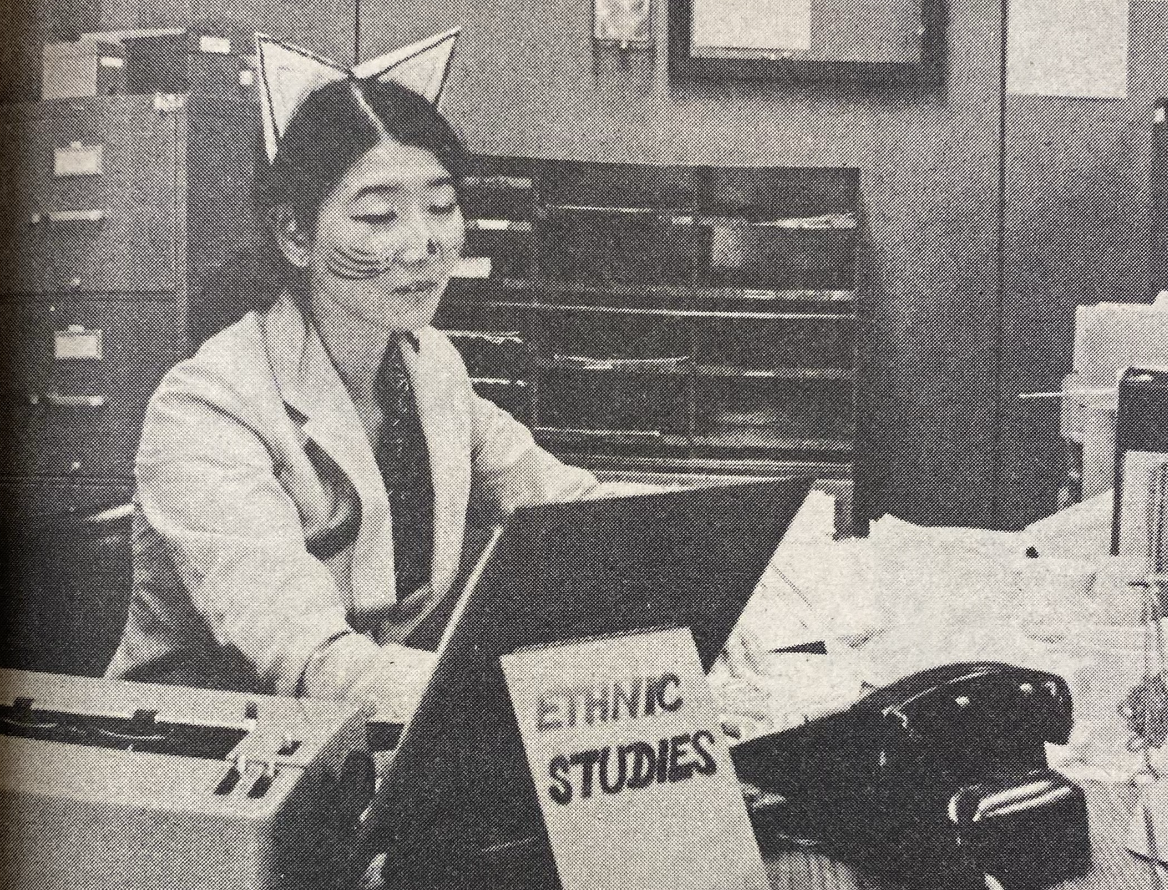
JoAnn Okabe-Kubo dresses up for Halloween. Despite the placard in the picture, she would not join the Ethnic Studies (then ICS) Division until 2002. (La Voz, 1981)
Overview
The 1970s and 80s are often characterized as a time of conservative “Reagonomics” and backlash to the Civil Rights movement. At De Anza, the Ethnic Studies Division was rebranded to Intercultural Studies (ICS). The radical dialogue of the previous decade took a backseat to “multiculturalism” as ethnic student groups favored cultural activities over politics. Despite budget cuts, the ICS and Multi-Cultural Program continued operating, and student enrollment in Ethnic Studies courses increased. The minority student population increased as well due in part to an influx of Southeast Asian refugees. This led to economic resentment among the existing student population…but also opportunity for the emergence of a new pan-ethnic Asian American political unity.
Key Events
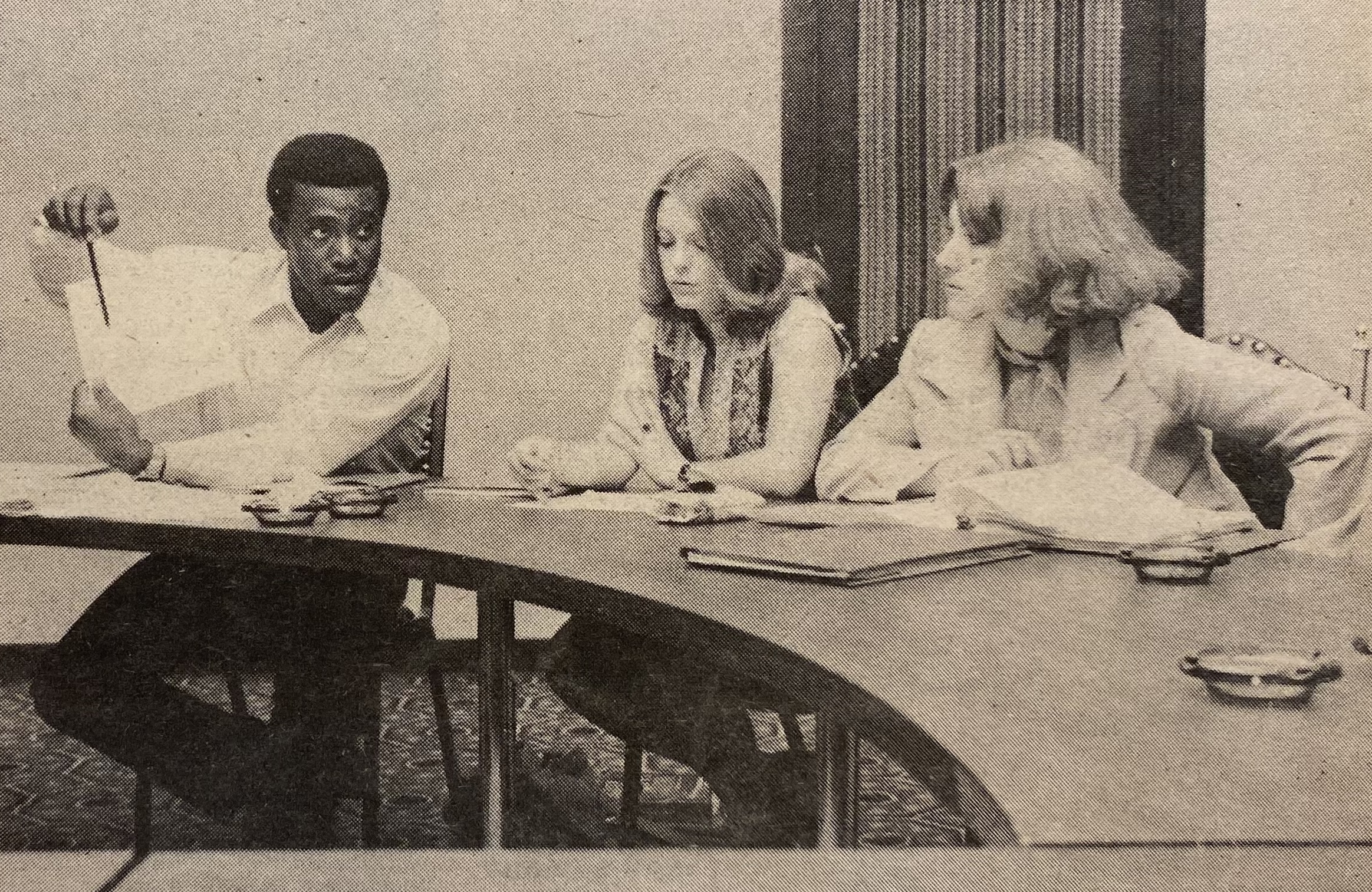
De Anza students holding a meeting. (La Voz, 1977)
Winter 1977
Division renamed to Intercultural Studies
At the Division retreat, faculty unanimously agree on a name change from Ethnic Studies to Intercultural Studies in order to sound less "caustic to the ear."
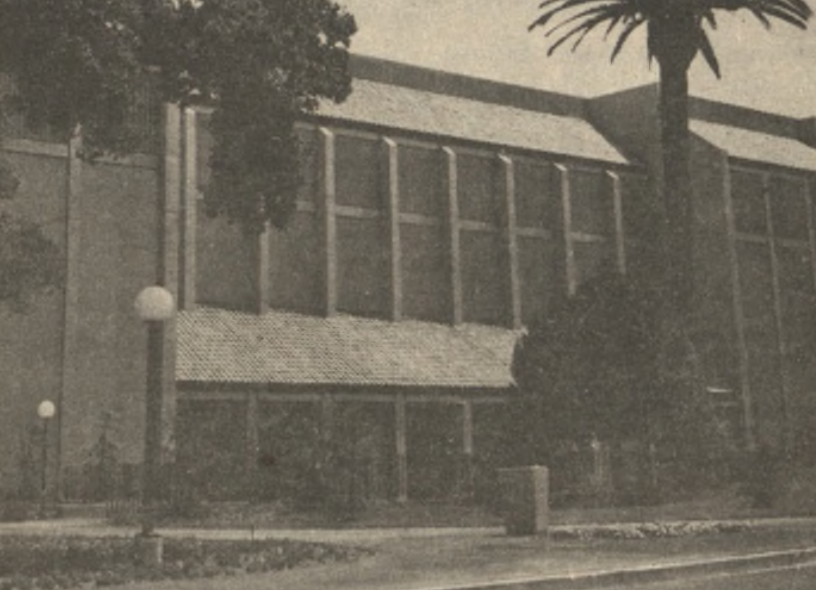
Flint Center (La Voz, circa 1979)
Fall 1977
New dean
Herbert Perkins becomes the new Ethnic Studies Dean. As part of his tenure, Perkins established the ICS Advisory Council in 1977. The Council, consisting of representatives from the Asian, African, Latino, and Native American groups, met monthly to discuss the Division's activities and priorities. It played a crucial role in shaping the direction of ICS during its early years.
The Council continued to operate until around 1993-1994. Its dissolution coincided with Paul Fong's election to the Board of Trustees and Duane Kubo becoming the Division Dean. At that point, the Division had gained more institutional support and representation, reducing the need for this advisory body.
We know that another key figure appears during this time: Division Assistant Lupe Robles-Sane. Robles-Sane, alongside Okabe-Kubo (pictured above), who would later join as the second Division Assistant, played crucial roles in the development of Ethnic Studies at De Anza. However, official records of Robles’ contributions and title are noticeably absent—we only learned of her through interviews with other individuals.
The fact that both Robles-Sane (Chicana) and Okabe-Kubo (Asian) were both women of color in professional support roles—positions rarely interviewed or documented for public record—prompted us to consider how many other individuals are systematically overlooked in official historical accounts.

Stokely Carmichael in 1966 (Wikipedia)
May 12, 1978
"Stokely embellishes oratory"
A La Voz staff columnist criticizes activist Stokely Carmichael's recent appearance at De Anza.

A Native American man dressed in ceremonial attire at the Powwow, which was an annual event at De Anza. (La Voz, 1985)
June 6, 1978
Proposition 13 fallout
Proposition 13 is passed in California. La Voz articles including "What if Prop. 13 passes?" and "Passage of 13 causes district level confusion" highlight the ensuing challenges at the district level, including reduced funding for Intercultural Studies and other student services.
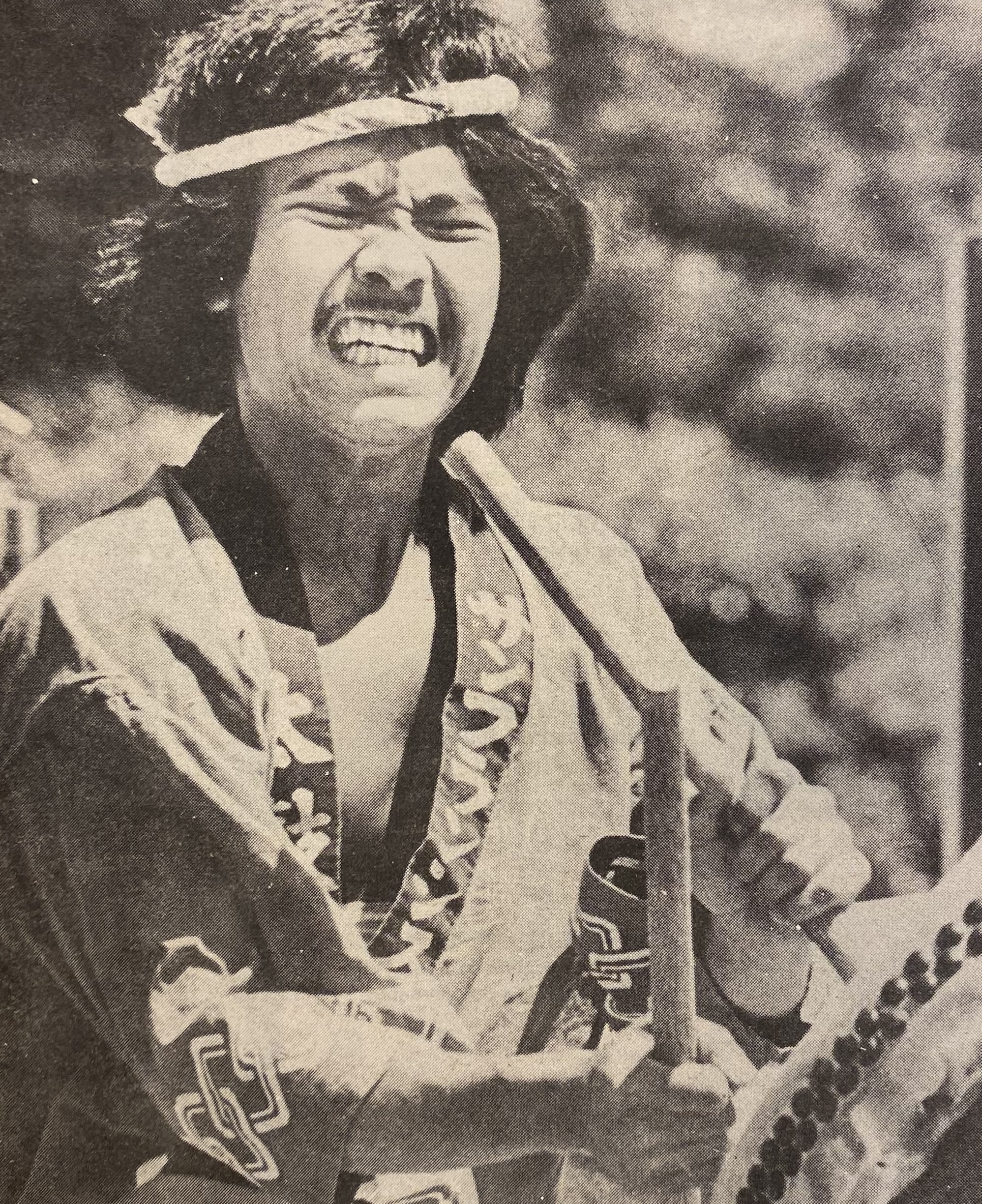
A member of San Francisco Taiko performs on campus. (La Voz, 1978)
Fall 1978
Division adds new subject areas
The Division reorganizes itself under several new subject areas: African Studies, Afro-American Studies, Asian Studies, Asian-American Studies, Chicano Studies, Latin American Studies, and Native American Studies.
In addition, the general Intercultural Studies subject area boasts courses focusing on Third World peoples, cross-cultural perspectives, and education.
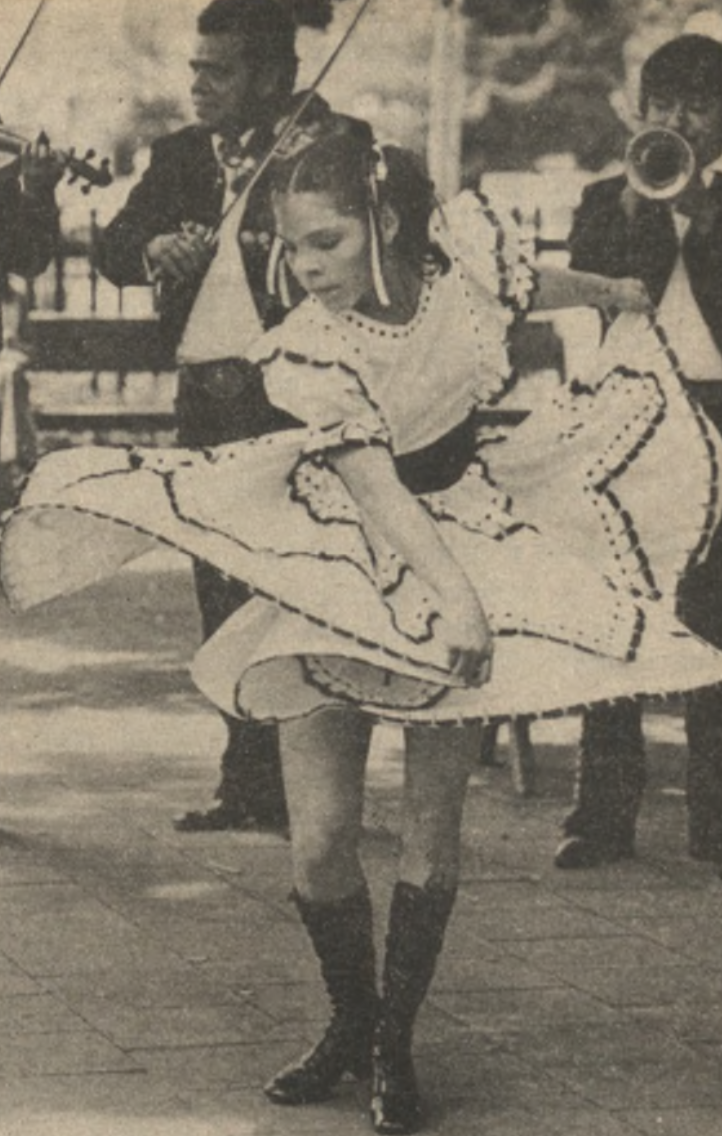
Cinco de Mayo celebration at De Anza sponsored by MEChA (La Voz, May 12, 1978)
December 1, 1978
"MEChA sets sights; drops political image"
De Anza's MEChA (Movimiento Estudiantil Chicano de Aztlán) student chapter decides to deprioritize politics and focus on "less abstract efforts."
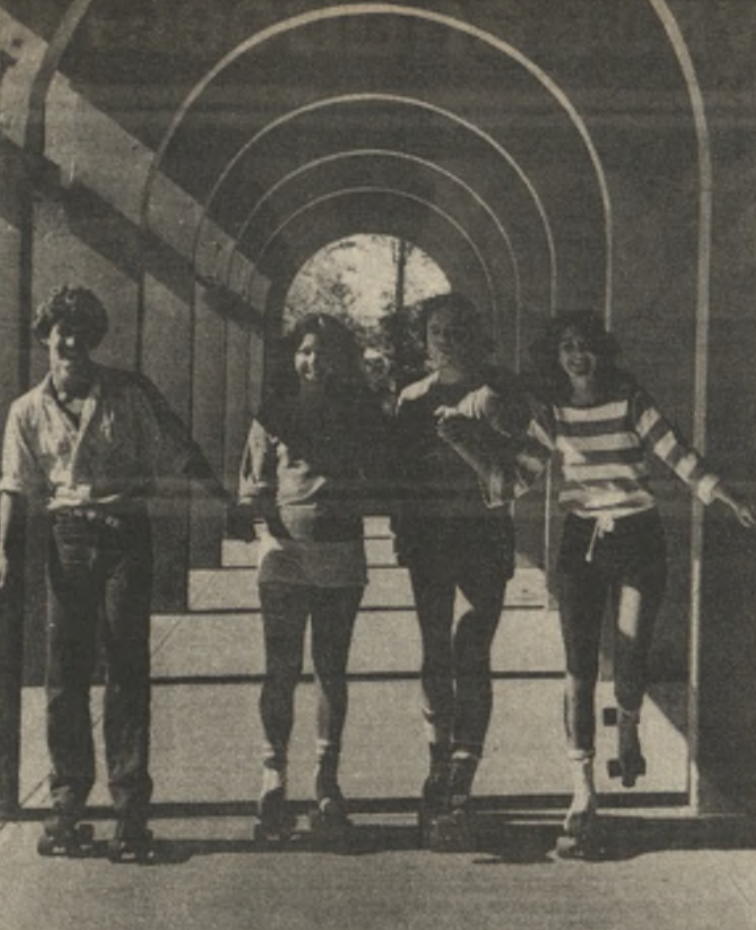
De Anza students practice rollerskating (La Voz, 1979)
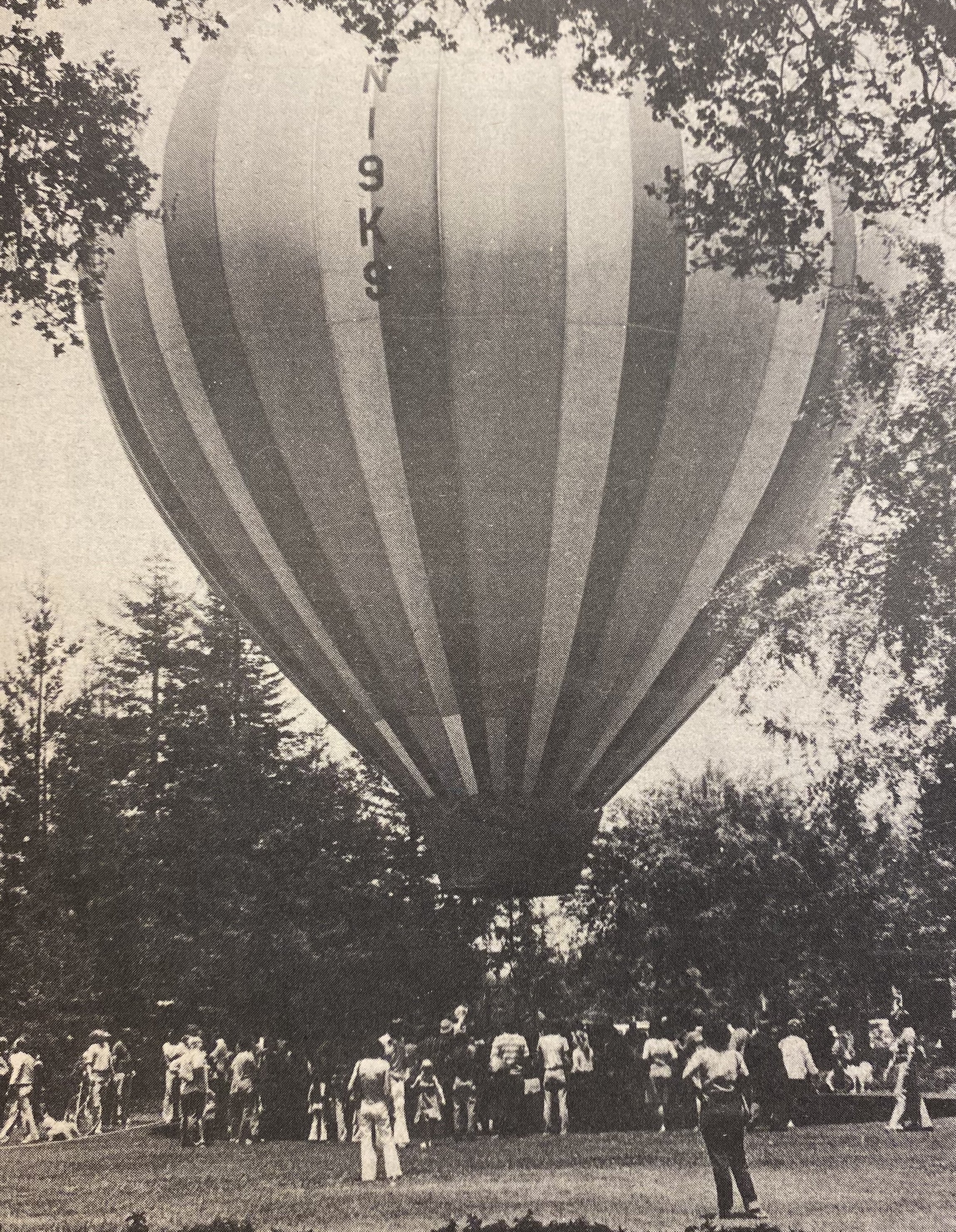
Hot air balloon from the annual De Anza Day event. (La Voz, 1980)
June 6, 1980
"Intercultural Division works for courses in world affairs"
Plans for an A.A. degree in International Studies are in the works. The major will be designed to give students opportunities to "go into the business, political or economic areas of international relations."
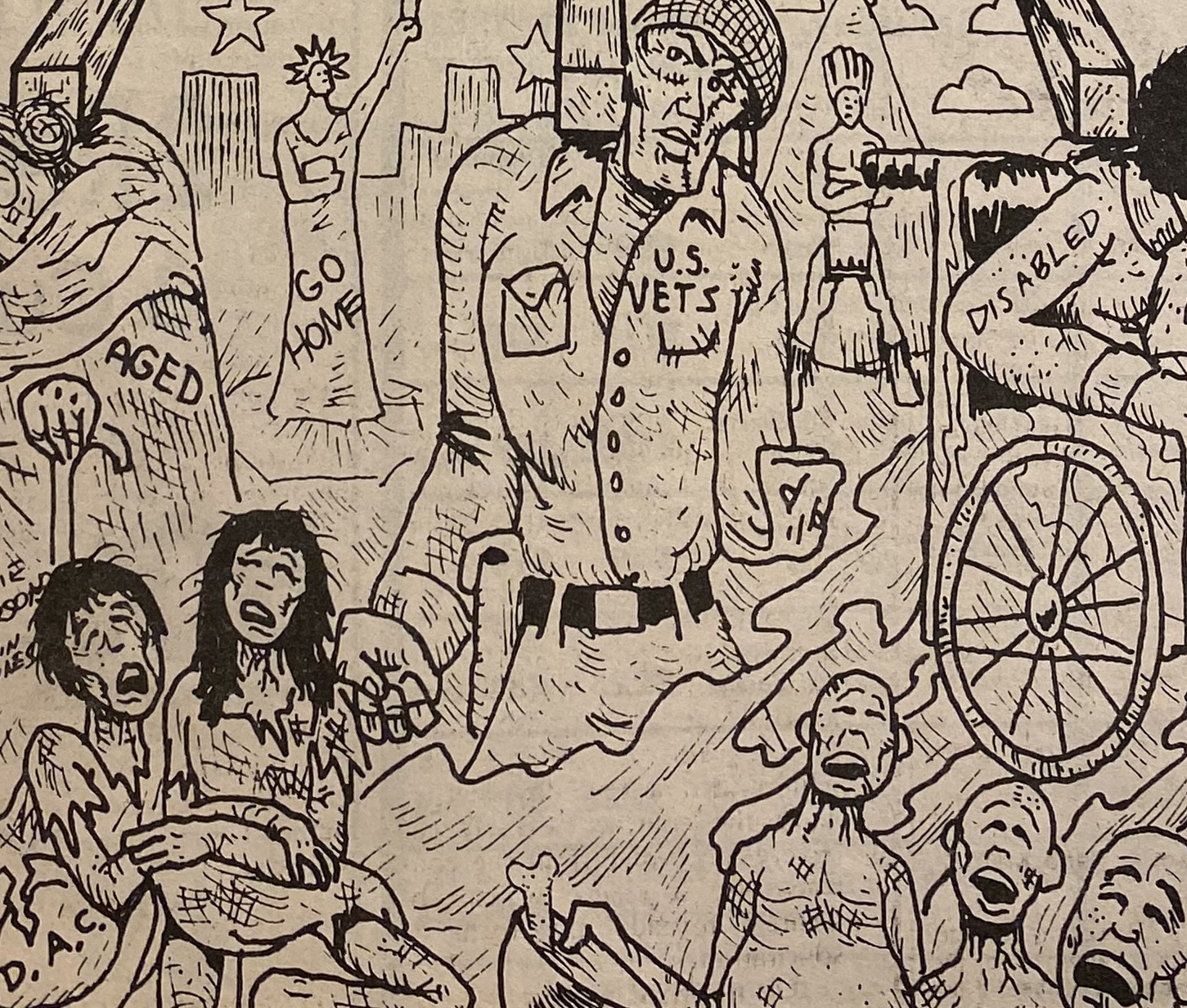
An illustration critiquing the effects of U.S. foreign policy. (La Voz, 1981)
October 10, 1980
"Aliens exhaust funds"
The expiration of California State Education Code Section 68076.6 on June 30, which had provided tuition exemptions for "alien students," has led to the majority of De Anza College's financial aid being allocated to Southeast Asian refugee students.

Riot police protect Klansmen from protestors. Despite community opposition, the San Jose City Council granted the Klan use of the public park. (La Voz, 1981)
April 17, 1981
“Klan spawns hatred and violence in San Jose”
The White supremacist group Ku Klux Klan (KKK) holds a recruitment rally in St. James Park, San Jose, as reported by both La Voz and The New York Times. Protestors show up en masse. Some chant and throw rocks, while others sing songs and speak out against racism.
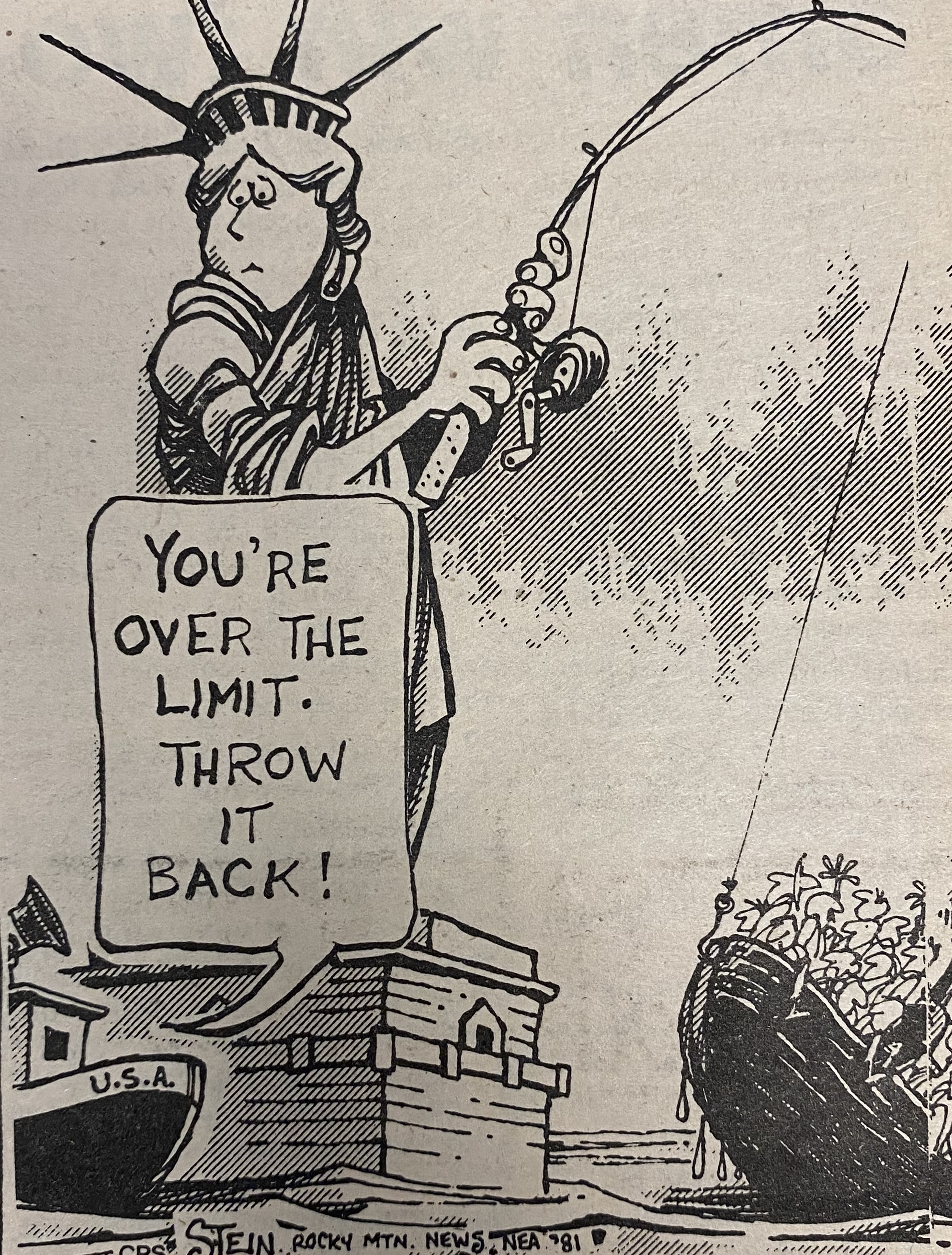
Reprint of an anti-refugee comic (La Voz, 1982)
January 22, 1982
"College feels foreign impact"
The influx of "foreign-born" students, particularly refugees from Southeast Asia, leads to discussions about their impact on De Anza. Concerns about strained resources and program cutbacks are met with the stance that "the integration of immigrants is an essential part of our democracy."

March Fong Eu commends De Anza for observing Asian Pacific American Cultural Month by presenting an official resolution to a student council member. (La Voz, 1982)
April 24, 1982
“Eu speaks to students”
California Secretary of State March Fong Eu speaks to students as part of Asian Pacific American Cultural Month celebrations. She urges the Asian American "class," now strong in number, to unite and participate more in government.
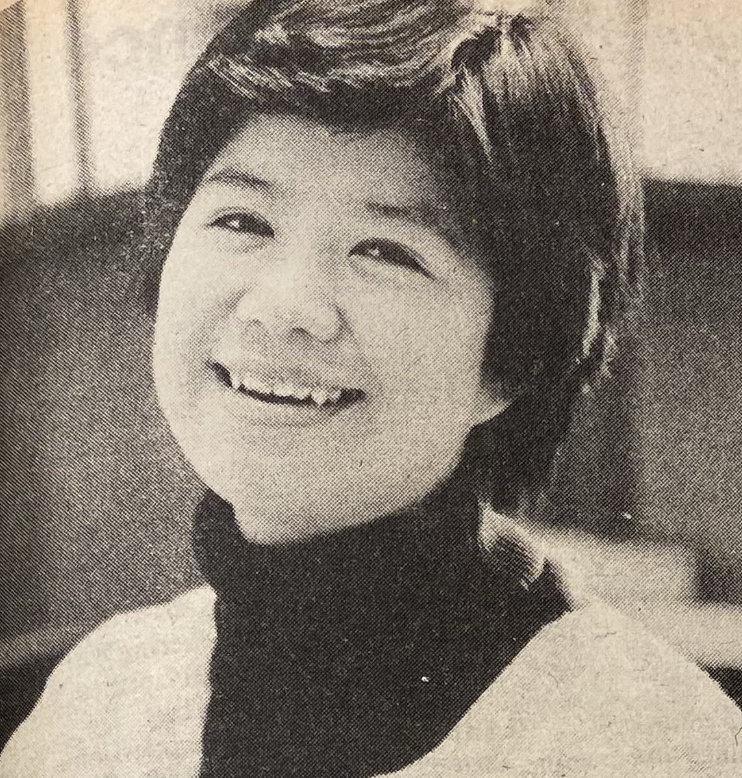
Counselor Susanne Chan, who later helped found De Anza's Asian American staff association. (La Voz, 1980)
Fall 1982
Ethnic Studies enrollment flourishes
A La Voz article entitled "Mandatory classes bolster ethnic studies" reports that Ethnic Studies enrollment has increased by 16 percent over the last five years, with more than 2,000 students enrolled in the fall. The minority population in Sunnyvale and Cupertino has also increased from 12.8 to 22.9 percent of the population.
The Division also offers a new International Studies subject area with a global focus.
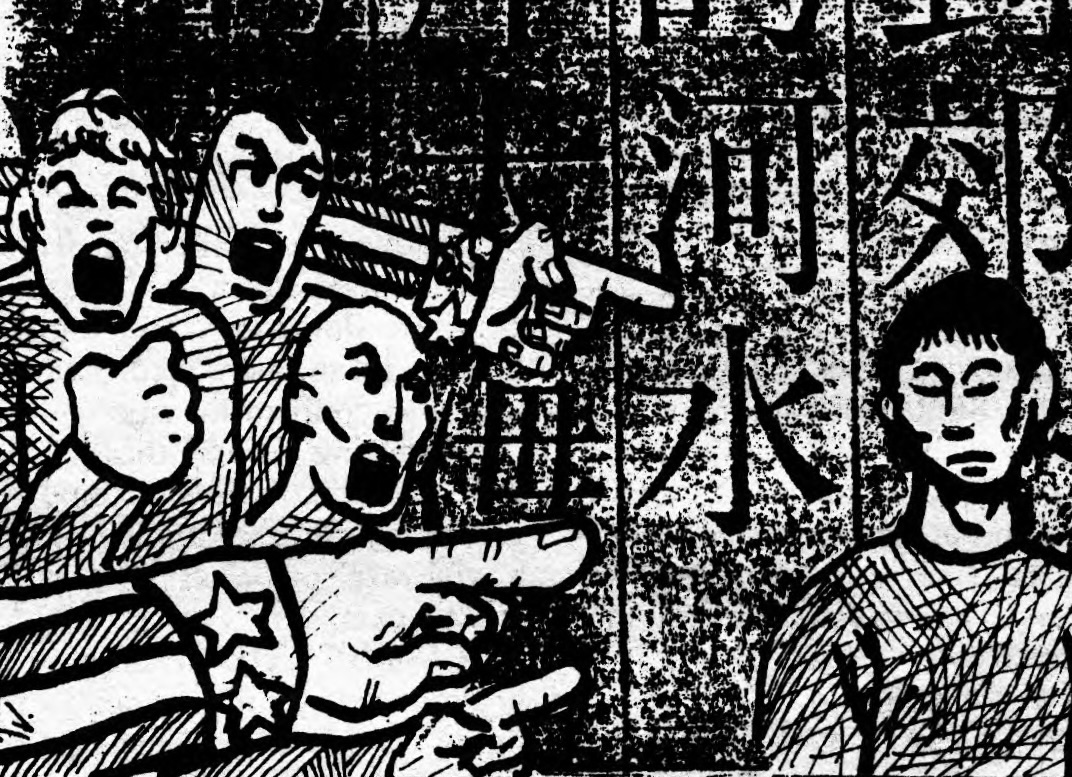
Illustration from an article on prejudice towards Asian students. (La Voz, 1984)
February 8, 1984
Anti-Asian hate attack
Anti-Asian resentment on campus escalates into a hate crime when an Asian student is beaten by three White students in Parking Lot B. The perpetrators are never identified.
When I read this, I can't help but think of the 1982 beating and death of Vincent Chin in Detroit. Then, racial violence grew from broader U.S. anxieties over Japan's rising economic power. In 1984 at De Anza, racial violence grew from resentment against students who were refugees from the U.S. war in Southeast Asia.
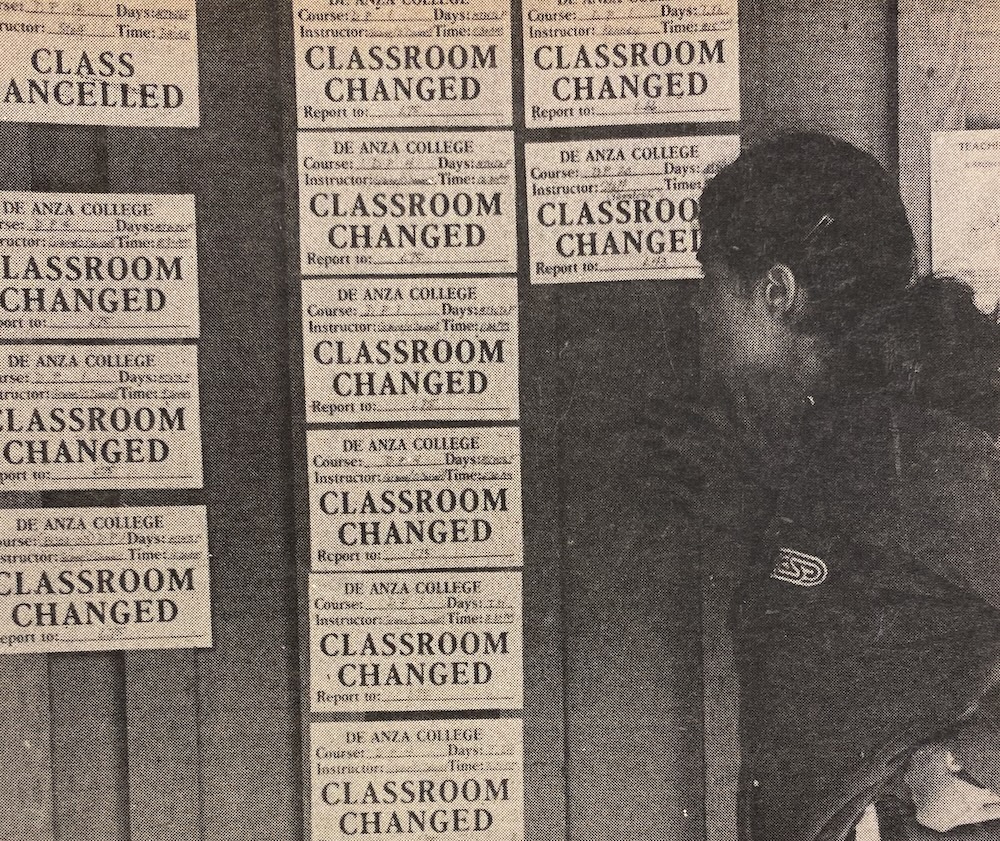
A student is confused by the plethora of "Classroom Changed" signs posted on the wall. (La Voz, 1981)
Fall 1984
De-departmentalization
All Division courses in the course catalog are consolidated underneath Intercultural Studies in the 1984-85 course catalog. Distinctions between the African, Afro-American, Asian, Asian-American, Chicano, Latin-American, and Native American Studies subject areas are removed. International Studies remains its own subject area.
I wonder why they suddenly decided to erase all subject area distinctions by glomming everything underneath one category.
Our best guess is that the political climate at the time was hostile towards Ethnic Studies in general. I mean, the KKK holding recruitment rallies in San Jose...an Asian student getting beaten up on campus...wild times.
Takeaways
Karen, I think you're onto something.
We know that the Division changed its name from "Ethnic Studies" to "Intercultural Studies" in 1977. After that, there was lots of change. There were big budget cuts and people leaving positions who were not replaced. The Multicultural Department (EOPS) and Bilingual Center became a part of the Division, and faced continual risk of going under. The Division geared International Studies courses for industry, as training for supervisors managing different ethnic groups.
It sounds like Ethnic Studies was pretty besieged during this period.
The Division was on the defensive. It worried about protecting the Multicultural Department (EOPS) and the Bilingual Center. And International Studies sought new students—business professionals.
I mean, compared to the early years, the campus as a whole was no longer talking about eliminating institutional racism. What was urgent about the 1960s now became "too political." Instead, the campus was talking about too many refugees using up college resources. There was palpable racial resentment toward Asians. Add to this the stress of budget cuts and a college reorganization in 1984.
I get the sense that the political climate of the period pushed the Division to find ways to survive institutionally. In this context, I guess it's no surprise that Ethnic Studies merged into Intercultural Studies.

